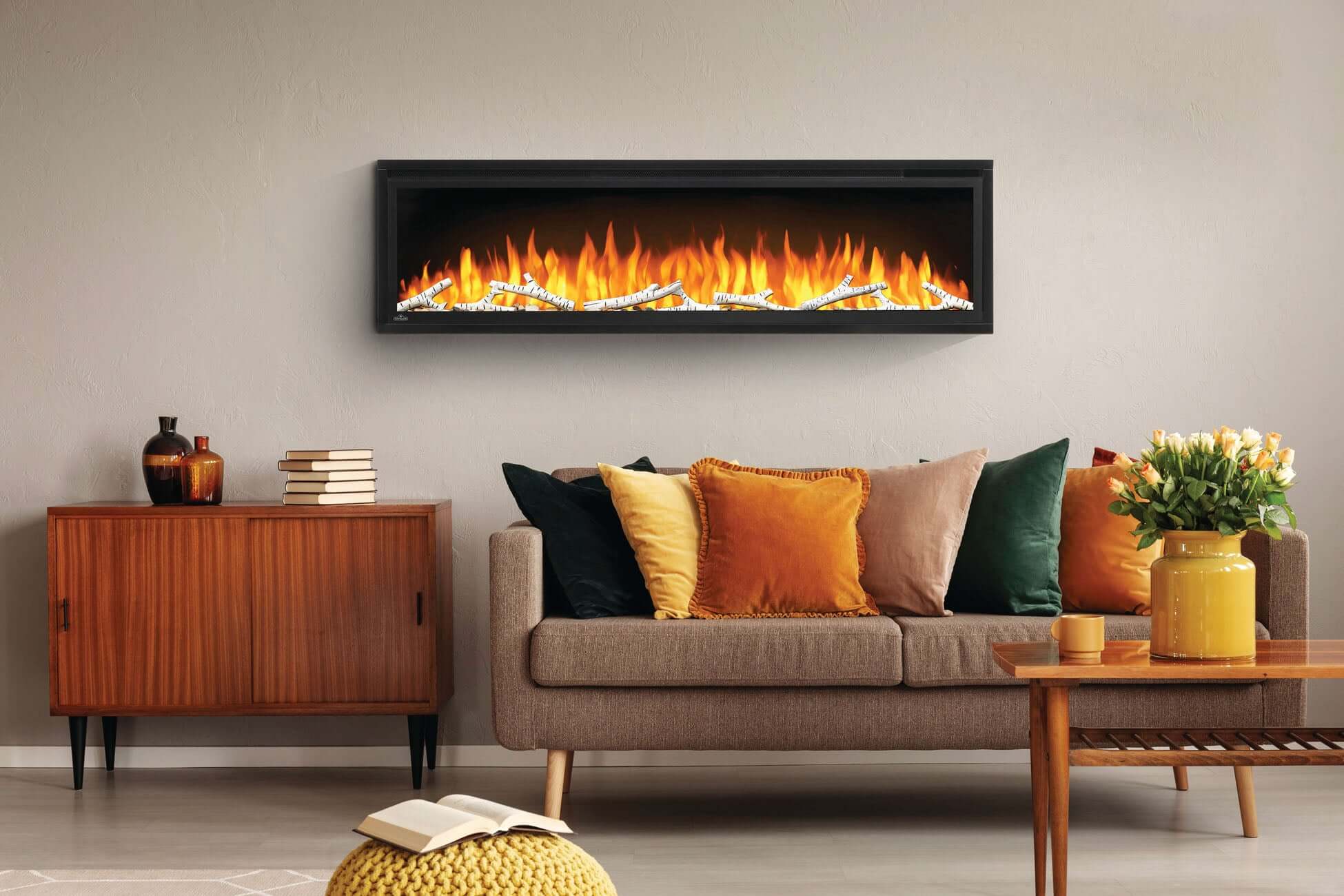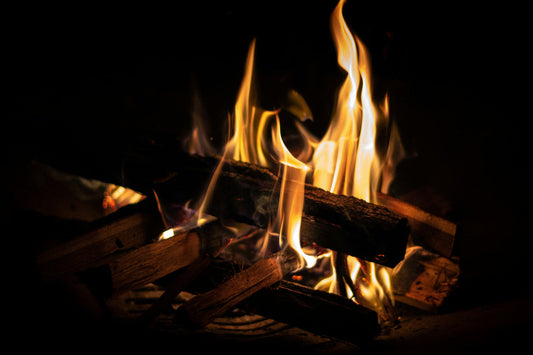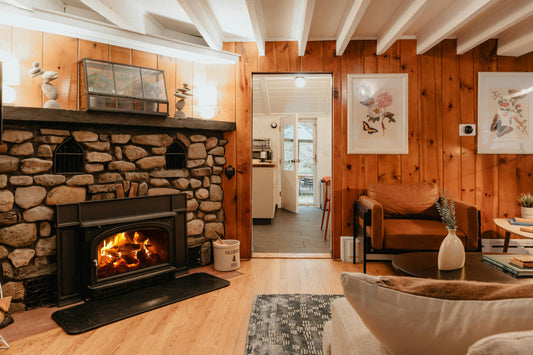
Learning Center
Check out our articles on home improvement tips and how you can upgrade your indoor/outdoor living spaces

Gas vs Electric Fireplace: What’s the Differenc...
One of the first steps in bringing a new fireplace into your home or office is choosing between a gas vs electric fireplace. So what’s the difference between gas and...
Gas vs Electric Fireplace: What’s the Differenc...
One of the first steps in bringing a new fireplace into your home or office is choosing between a gas vs electric fireplace. So what’s the difference between gas and...

MagikFlame vs Dimplex
MagikFlame vs Dimplex - two top brands in the electric fireplace space. There’s a lot of overlap between the two in terms of sizes, designs, and features - but it’s...
MagikFlame vs Dimplex
MagikFlame vs Dimplex - two top brands in the electric fireplace space. There’s a lot of overlap between the two in terms of sizes, designs, and features - but it’s...

SimpliFire vs Dimplex
We constantly help our customers choose between Simplifire vs Dimplex fireplaces, two of the most popular brands we carry here in our electric fireplace catalog. Dimplex Fireplace has dozens of...
SimpliFire vs Dimplex
We constantly help our customers choose between Simplifire vs Dimplex fireplaces, two of the most popular brands we carry here in our electric fireplace catalog. Dimplex Fireplace has dozens of...

Dimplex vs Napoleon Electric Fireplace
We’re proud to carry the full Dimplex fireplace and Napoleon fireplace lineup here at The Great Fire Company, but customers are constantly asking us for help choosing between a Dimplex...
Dimplex vs Napoleon Electric Fireplace
We’re proud to carry the full Dimplex fireplace and Napoleon fireplace lineup here at The Great Fire Company, but customers are constantly asking us for help choosing between a Dimplex...

Modern Flames vs Dimplex: Which Fireplace Brand...
Few home upgrades transform a room like a new electric fireplace. Modern Flames and Dimplex are two of the most popular brands we sell here at The Great Fire Company,...
Modern Flames vs Dimplex: Which Fireplace Brand...
Few home upgrades transform a room like a new electric fireplace. Modern Flames and Dimplex are two of the most popular brands we sell here at The Great Fire Company,...

Vented vs Ventless Gas Fireplace
The vented vs ventless gas fireplace debate is one of the most common uncertainties we help our customers overcome here at The Great Fire Company. After all, this is your...
Vented vs Ventless Gas Fireplace
The vented vs ventless gas fireplace debate is one of the most common uncertainties we help our customers overcome here at The Great Fire Company. After all, this is your...

